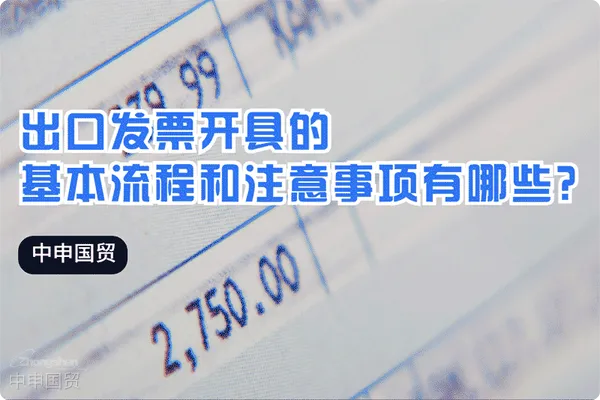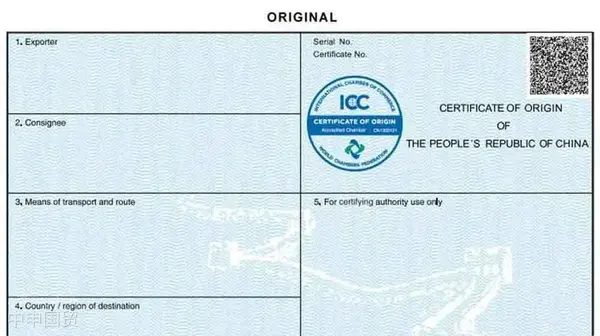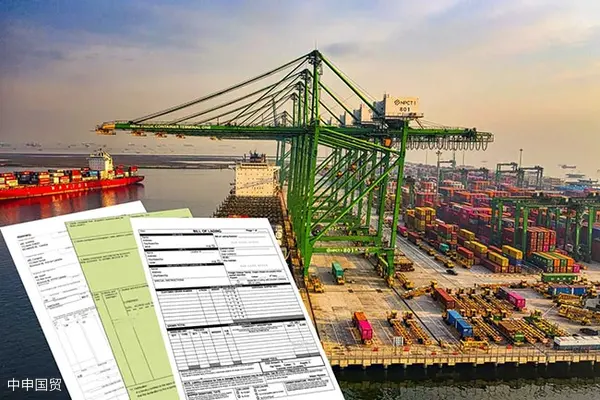- Shanghai Zhongshen International Trade Co., Ltd. - Two decades of trade agency expertise.
- Service Hotline: 139 1787 2118
Relevant Introduction
An export invoice is a sales document issued by an export enterprise for its exported products, essentially a price list provided to the importing enterprise. It serves not only as the general proof of shipment but also asimport and exportthe basis for enterprises to handle settlements, customs declarations, and documentary collections. Additionally, when export enterprises need to processExport Drawbackcertain procedures, the export invoice is an indispensable document.

Below are some basic processes and considerations for issuing export invoices:
VAT Ordinary Invoice: For exported goods, export enterprises need to issue VAT ordinary invoices. When filling out the invoice, a zero tax rate can be selected as tax-exempt.
Currency: The currency used when issuing the invoice should be the local currency. For example, if the export enterprise is based in China, the invoice should be issued in RMB.
Remarks: The remarks section of the export invoice typically includes the contract number, exchange rate, and settlement method.
Foreign Language: The language used by the importing enterprise when filling out the invoice can be a foreign language. Except for goods exported to special domestic regulatory zones, fields such as taxpayer identification number, contact address and number, and bank account details may be left blank. The address and phone number section can simply list the importing enterprises country or region.
Summary Issuance: If the Sales Goods or Taxable Services section exceeds 8 items, a summary invoice can be issued with an attached list stamped with the invoice專(zhuān)用章.
Tax Rate: When printing the export invoice, the tax rate field can be marked with an asterisk (*), and the tax amount field can be left blank.
Self-Issued Document: For self-issued invoices, the document number can be formatted as the declaration year-month + declaration serial number, typically 4 digits + 6 digits.
Invoice Limit: If the invoice limit is insufficient, an application can be made to increase it. If the limit remains insufficient after approval, the only option is to issue one invoice per customs declaration item, though this should be used sparingly.
Zero-Tax-Rate Exported Goods: For zero-tax-rate exported goods declared as domestic sales subject to tax, the invoice can use a 17% tax rate.
There are also many types of export invoices, including proforma invoices, sample invoices, consignment invoices, consular invoices, and customs invoices.
Related Recommendations
? 2025. All Rights Reserved. 滬ICP備2023007705號(hào)-2  PSB Record: Shanghai No.31011502009912
PSB Record: Shanghai No.31011502009912










